NI health crisis: Ambulance delays 'possible factor' in 14 deaths
- Published
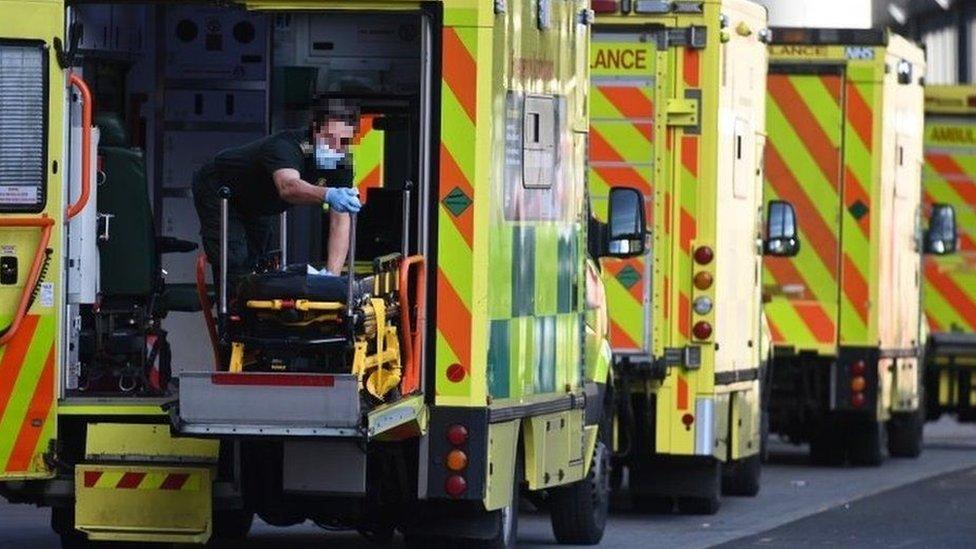
Waiting outside emergency departments is diverting ambulance crews from taking calls, the NI Ambulance Service has said
Ambulance delays could have been a contributing factor in the deaths of 14 people in Northern Ireland in the past year, the service's chief executive has said.
Michael Bloomfield said it was "impossible" to make a direct link with the deaths, but that patients may have been placed at an increased risk.
He told BBC NI that long waits were "a real concern" for the service.
He said it was about 320 staff short of what it needed.
Mr Bloomfield said the Northern Ireland Ambulance Service (NIAS) needed £40m over five years to deal with the waiting time crisis and called for help via increased recurrent funding to train staff.
NIAS was losing "25-30% of our operational capacity" every week waiting outside emergency departments, he told The Nolan Show.
"It's the single biggest contributory factor at the minute to our extended waiting times," he explained.
"Previously when our staff were working a 12-hour shift, they would have expected to respond to six to eight calls during a shift.
"Because of those extended waiting times at departments, they are typically only doing two or three calls, in some cases only one."
Ambulance service waiting times, and the ongoing crisis in the health service, has been under increased scrutiny in recent weeks, with some people reporting long waits.
Last week, the nephew of a woman in her 80s who waited four hours outside for an ambulance said the health system was "broken".
The Northern Ireland Executive has allocated £5m annually in recent years on a non-recurrent basis, but Mr Bloomfield said that funding only allowed the NIAS to "more or less stand still".
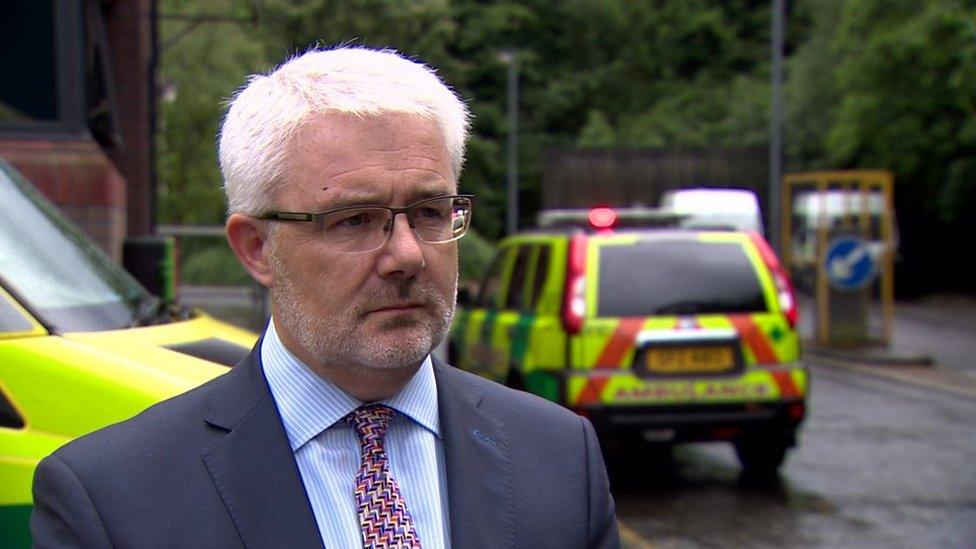
Michael Bloomfield said funding was needed to tackle waiting times
"In order to increase our staffing by those 320 operational staff plus other support staff - to enable that, we need in the order of £40m, but over a five-year period," he said.
"We could not recruit or train those people straight away.
"Regrettably, if we do not expand our workforce and, in particular, our operational workforce, we will see the sort of waiting times we're seeing over the last year continue.
"We know that demand is only increasing - it's increasing 6% year on year."
Dr Nigel Ruddell, medical director for the NIAS, said there were three main factors identified as being the root cause of the waiting times issue - a shortage of staff; increased waiting times outside emergency departments; and increased levels of staff sickness, with Covid playing a large part in the final factor.
"We have several major pressures that are impacting on our ability to respond in a timely fashion," he said.
"We do have a mismatch in our capacity within the ambulance service compared to the demands we have."
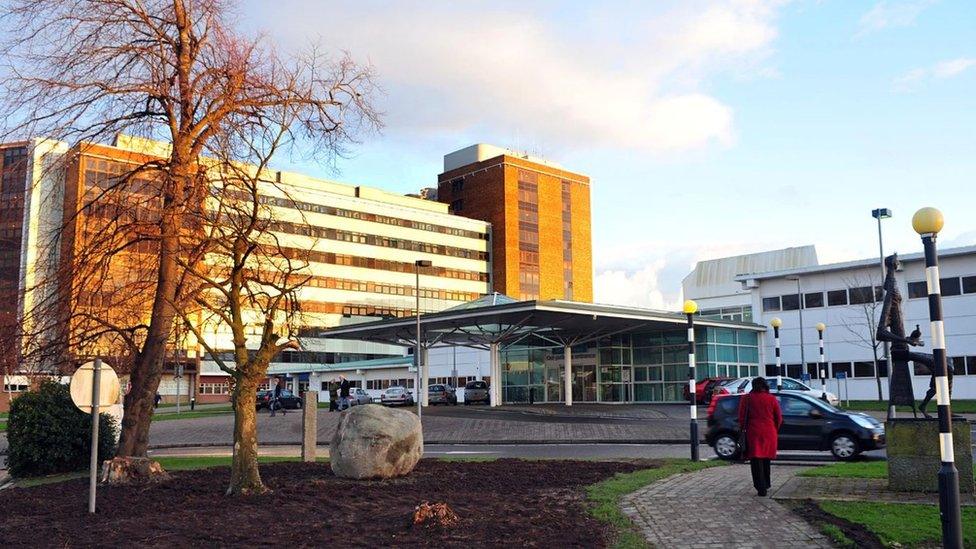
A doctor in Londonderry says some patients are waiting up to 48 hours in Altnagelvin Hospital's A&E before being seen
Meanwhile, a doctor has warned the Emergency Department (ED) at Altnagelvin Hospital in Londonderry is "essentially on its knees" with current pressures.
ED consultant Dr Paul Baylis said some patients are waiting up to 48 hours to be seen.
Dr Baylis said the department was experiencing staff shortages, along with the rest of the hospital.
The Western Trust has already warned of mounting pressures because of a backlog in patients waiting for a bed and delays in discharging other patients.
The trust have also made appeals for off-duty staff to help fill vacant shifts, because of high levels of illness.
'Permanently rammed'
Speaking to BBC Radio Foyle's Breakfast Show on Wednesday, Dr Baylis described hospital waiting rooms as being seriously overcrowded.
"The reality is the department is permanently rammed with patients waiting for beds up on the ward and that means we don't have space for people coming through the door.
"When you walk into this shiny new A&E department the reality is you are walking into an acute ward full of sick people that are trying to get into the hospital with a little strip of A&E round the outside.
"I am often chatting to people about their problems in a corridor.
"I have to apologise to them, bring them a chair down and shield them with a screen because we have nowhere to actually see people."
Related topics
- Published30 March 2022
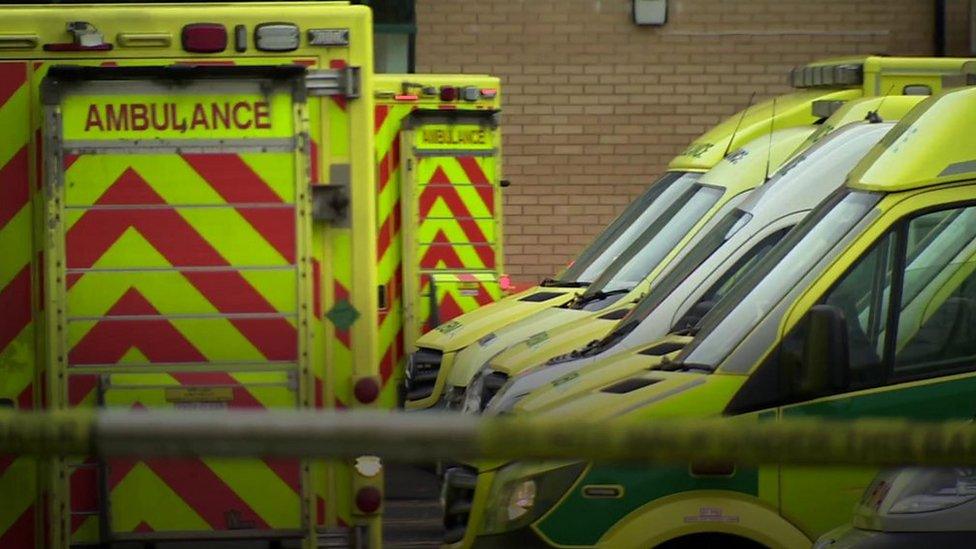
- Published29 October 2021
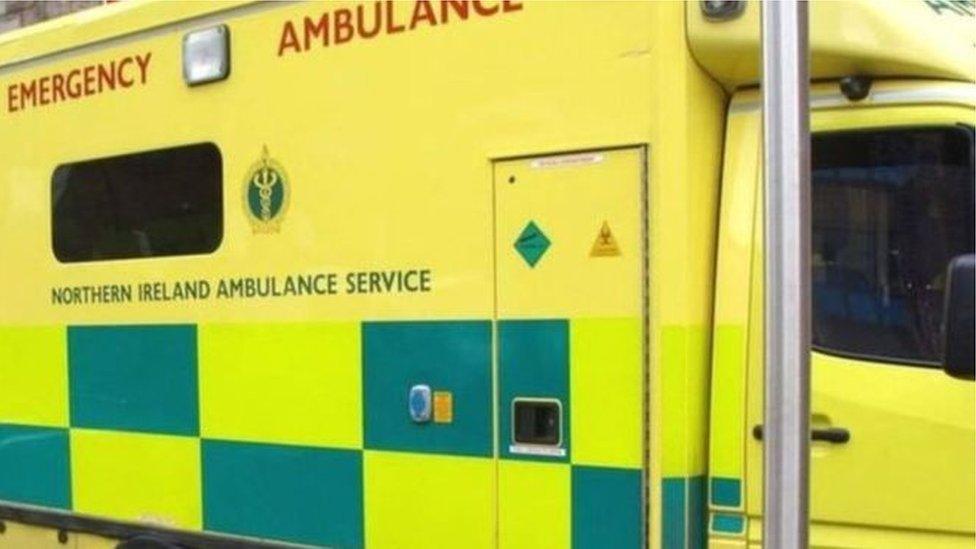
- Published2 March 2022
